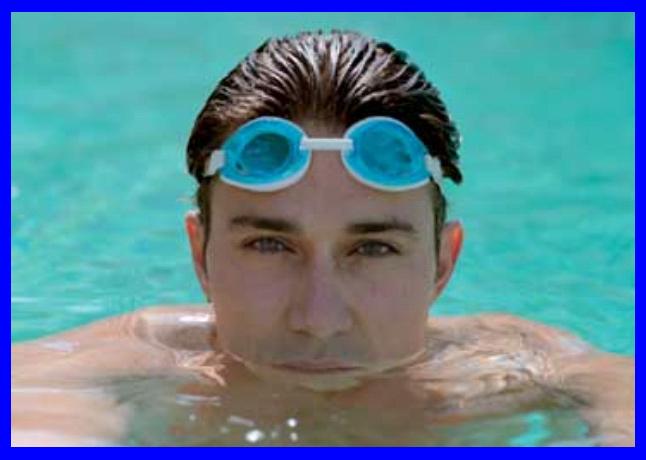
If you’ve ever experienced swimmer’s ear, you know how painful and disruptive it can be to your life. In fact, you may have experienced it without even knowing it. Swimmer’s ear is the term that is often used for it, but the fact is swimmer’s ear is nothing more than in infection of the outer ear canal. Everyone, even those who never swim, can develop that outer ear canal infection. It can be a very painful occurrence that can even affect your ability to hear. This is why it’s important to learn about how to prevent swimmer’s ear. It’s also why it’s important to learn a little about the various swimmer’s ear treatments available to you.
Swimmer’s ear is an infection in the outer ear canal. Its symptoms are many, and like other medical conditions, the symptoms grow more extensive and painful the more the ailment progresses. In its early stages, the symptoms of an outer ear canal infection include ear canal itching and redness; mild discomfort or pain within the ear; and drainage of clear, odorless fluid. In its more moderate stages, swimmer’s ear causes more pronounced symptoms, including but not limited to itching that has become worse; increasing redness; pus discharge from the ear; a full feeling caused by blockage or swelling; increasing pain; and even decreased hearing. In its most severe stage, an outer ear canal infection will cause some severe symptoms that include severe pain that not only occurs in the ear, but can also radiate to the neck, face, and even inside the head; swelling of the outer ear; severe redness; and even such severe symptoms as swelling of the lymph nodes in the neck and fever. It is vital that anyone who is experiencing these symptoms see their healthcare professional immediately.
From the above-listed symptoms, it’s pretty obvious why you want to prevent swimmer’s ear. The pain and difficulty hearing alone can cause severe disruptions in your life, especially if you’re someone who has developed an outer ear canal infection more than once or twice in your life. Here are some measures you can take to prevent swimmer’s ear, even if you’ve experienced these infections on a regular or semi-regular basis:
- After swimming, shampooing your hair, or taking a shower or even a bath, tilt your head and shake out any water that may be left in your ears. Be sure to allow all water to drain from your ears. It’s important to do this, even before you begin drying your hair with a towel such as after a shower or swimming. The reason for this? Because drying your hair and head with a towel can sometimes push that water further into your ear, especially if you’re already experiencing partial blockage from ear wax (that you likely don’t even know about). Another good idea is to dry out your ears with a hair dryer after showering or swimming. This helps to dry out the water without pushing it further into your ear.
- Avoid wearing ear plugs that can aggravate your ear canals.
- Wear a shower cap whenever you shower and don’t intend to wash your hair. Additionally, it’s also important to wear one of these if you can while swimming.
- Be cautious while cleaning your ears. Many healthcare professionals recommend against using cotton swabs to clean out the canal of the ear. Never dig into the ear canal with anything. Some people use hair pins, pencils, pens, or other long objects to clean out their ears. This is a very bad idea, as it not only can push wax further into the ear, but it can also cause breakage and scratching within the ear canal that will allow in bacteria, which can then lead to an infection.
- For those who wear hearing aids, be sure to take them out often, whenever possible. This is important because it helps to give your ears a change to dry out.
- Avoid swimming in water that’s dirty. If you’re going to go swimming, instead choose a clean swimming pool. If you do swim in a lake, river, or stream, be sure to rinse out your ears afterward and dry them out with a hair dryer.

